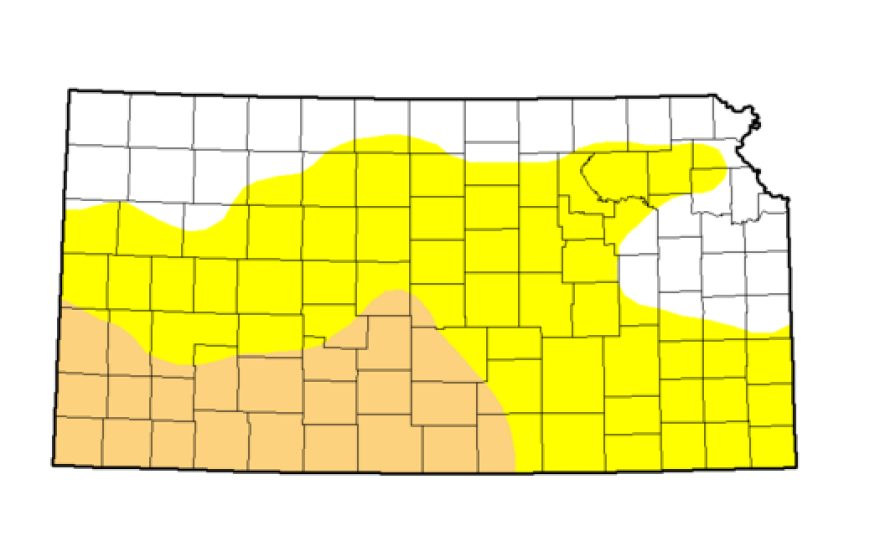The month of March was short on moisture and now drought is creeping across much of Kansas. Assistant State Climatologist Mary Knapp says March is normally a wet month, so last month's dry conditions had a big impact.
“Because it's the start of our wetter pattern, things go down very, very quickly when we don't get what we should be seeing,” says Knapp. “That became very worrisome and we've seen the expansion of the drought conditions in response to that.
The hardest hit areas so far have been the southwest and south central parts of the state. Knapp, at Kansas State University, says the coming months will be critical because they're normally some of the wettest.
“If we are dry in April and May, then we are going to be increasingly in bad shape,” says Knapp.
Knapp says if the drought persists the first agricultural impact will be damage to the state's winter wheat crop.

